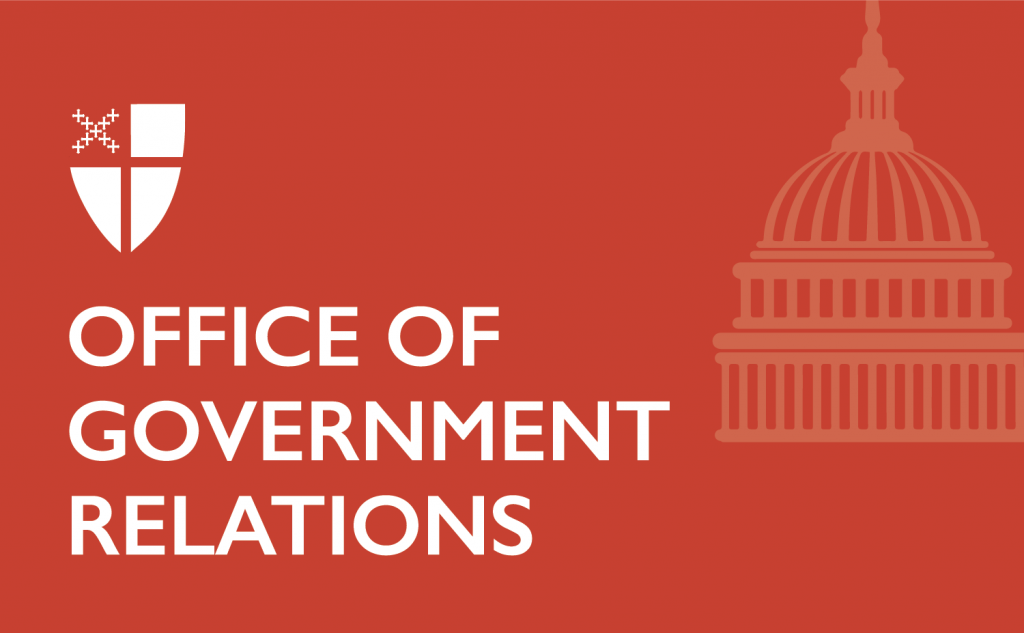EPPN Criminal Justice Series: Sentencing
The practice of mandatory minimum sentencing for violent and non-violent offenses was originally established in reaction to the rise in crime rates in the early 1990s. These harsh prison sentences led to a dramatic growth in the number of people incarcerated for violent crimes. Sentencing policies have contributed greatly to racial disparities in the adult and juvenile justice systems: federal prosecutors are twice as likely to charge African Americans with offenses that carry a mandatory minimum sentence as they are to charge whites in similar situations. While violent crime has dropped sharply since the 1990s, the prison population has only decreased by 3% since its peak in 2009, and the U.S. still leads the world in incarceration rates. In 2019 1,527,0000 people were incarcerated in state and federal prisons across the U.S.; in state prisons, where the vast majority are held, 45.5% of people were serving sentences for non-violent crimes while 54.5% of people had been convicted of violent crimes.
The Episcopal Church has decades of policy supporting criminal justice reform. In 2003 and 2018 The Episcopal Church’s General Convention passed resolutions in support of sentencing reform, directing OGR to advocate to “to give federal judges more discretion in sentencing offenders, and to overcome the current racially discriminatory impact of these guidelines,” as well as to urge Congress to “initiate studies to examine racial and gender disparities in sentencing.” The Episcopal Church opposes the death penalty and has supported the death penalty’s repeal since 1958.
On the federal level, a number of guidelines have been established to reduce racially discriminatory and excessive sentencing, most recently with the First Step Act enacted in 2018. First, under this law, the minimum sentence for serious violent crimes was reduced from 20 years to 15 years. Second, the “three strikes” penalty has been eased. This penalty was often criticized, as defendants faced a life sentence after committing three non-violent crimes. Also, under this change, the length of life sentences was reduced to 25 years, and the category of offenders who could receive life in prison was narrowed as well. Advocates say that much more needs to be done at the federal level to address the overly harsh sentencing policies we have in place, including making retroactive any updates to mandatory minimums.
States have also enacted sentencing reforms. Some states have begun to drop mandatory minimums for non-violent drug offenders. The result has been positive: in the decade after this policy was introduced, Michigan’s crime rate was reduced by 27%. For non-violent offenders who are arrested, states have also begun to invest in diversion and community corrections programs as alternatives to long-term incarceration. These programs require screening of applicants to ensure they would not pose a threat to the public and are usually reserved for first-time offenders, children, veterans, and non-violent drug and alcohol offenders. These programs allow people to continue work and school, receive workforce training, go through counseling and substance abuse treatment, and become involved in community activities.
People who have committed a violent offense generally have fewer ways to reduce their sentences and can face life without the possibility of parole. The death penalty has become less frequent: 21 states and Washington D.C. have adopted a measure in which life without parole will become the harshest measure possible. Advocates are often critical of the overuse of life without parole, however, and urge that we invest resources in rehabilitation.
A new approach to criminal justice, known as restorative justice, has gained traction in some circles. The objective is to find a way to rehabilitate those who have committed crimes and to restore relationships in the community. The approach allows for the offender to consider the harm done, and for all of those involved to make amends with one another. This approach can also have an impact on the length of sentences and begin to address mass incarceration. While this has been primarily used with non-violent cases, it has been used in violent crimes, such as a successful example in a Florida case. While this process is not right for all and can be much more intensive and demanding of a victim and/or their family, it offers an opportunity for repentance, forgiveness, and reconciliation over time.
Restorative justice in this case was only possible due to the broad discretion given to the state attorney to depart from mandatory sentences. This prosecutorial discretion allows an increased opportunity for personalizing a sentence to focus on rehabilitation rather than a formulaic punishment. Innovative diversion programs, restorative justice, and prosecutorial discretion are just a few examples of how communities can address the country’s mass incarceration crisis by focusing on rehabilitation and reconciliation rather than equating various crimes with some number of years in prison.
The Office of Government Relations continues to advocate for further federal reform. The vast majority of incarcerated people are at the state and local levels, however, and so we encourage you to find out how your community and state have invested in diversion programs, restorative justice, and other innovations to focus on rehabilitation rather than just long-term incarceration.
General Convention Resolutions
- 2018-D004: Urge Sentencing Reform for Racial Justice
- 2015-A011: Urge Advocacy for Policy Changes to End Mass Incarceration Practices
- 2003-A008: Urge Congress to Repeal Mandatory Federal Sentencing Guidelines
- 2000-B055: Reaffirm Criminal Justice System Reform
- 2000-B003: Endorse the Study of Restorative Justice in the Criminal Justice System
Other Resources
- Statewide Sentencing and Corrections Legislation (National Conference of State Legislators)
- Mass Incarceration: The Whole Pie 2019 (Prison Policy Initiative)
- Federal Criminal Justice Reform in 2018 (National Conference of State Legislatures)
- Long-Term Sentences: Time to Reconsider the Scale of Punishment (Sentencing Project)
Contact:
The Office of Government Relations
eppn@episcopalchurch.org

